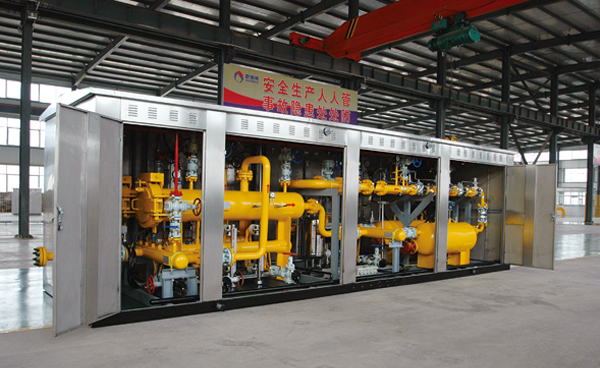
Aug . 16, 2024 15:47
Back to list
Pressure Relief Valve Mechanism and Its Applications in Various Industries
Understanding Pressure Relief Valves A Key Component in Safety Systems
Pressure relief valves (PRVs) are critical components in many industrial systems, serving as safety devices designed to protect equipment and personnel from the dangers of excessive pressure. In this article, we will explore the fundamental principles of pressure relief valves, their types, applications, and the importance of regular maintenance.
What is a Pressure Relief Valve?
A pressure relief valve is a mechanical device that automatically releases excess pressure from a system to prevent overpressure conditions that could lead to catastrophic failures. When pressure within a vessel, pipe, or any other containment system exceeds a preset limit, the PRV opens, allowing fluid (gas or liquid) to escape until the pressure returns to a safe level.
Types of Pressure Relief Valves
1. Direct-Acting Relief Valves These are the most common type of PRVs. They open when the internal pressure exceeds the set point due to the force exerted by a spring. Once the pressure drops below the set point, the valve closes automatically.
2. Pilot-Operated Relief Valves These valves utilize a pilot valve to control the opening and closing of the main valve. They are often used in high-pressure systems and offer better control and responsiveness.
3. Safety Relief Valves These are specifically designed for gas applications and are built to provide immediate relief by opening fully in response to overpressure conditions.
.
Applications of Pressure Relief Valves
صمام التنفيس

Pressure relief valves are utilized across various industries including chemical processing, oil and gas, water treatment, pharmaceuticals, and power generation. In these industries, they are essential for
- Protecting Equipment Valves prevent damage to vessels, pipes, and other equipment due to overpressure, which can lead to leaks, explosions, and costly downtimes. - Ensuring Safety By relieving pressure, PRVs protect personnel, ensuring that operations can continue safely without undue risk of accidents.
- Maintaining Process Integrity Properly functioning PRVs help maintain the integrity of industrial processes, ensuring that they operate within safe parameters.
The Importance of Maintenance
Regular maintenance of pressure relief valves is paramount to ensure their reliability and effectiveness. Over time, components can wear out, become clogged, or experience corrosion, which can impair their ability to function correctly. Routine inspection and testing are essential to confirm that
- The valve opens and closes at the designated pressure settings. - Seals are intact, preventing leakage. - There is no buildup of debris or corrosion affecting performance.
Organizations should also keep comprehensive records of inspections and maintenance activities to meet regulatory compliance and safety standards.
Conclusion
Pressure relief valves are indispensable for managing pressure in numerous systems, ensuring the safety and integrity of operations across industries. By understanding their types, applications, and maintenance requirements, organizations can enhance safety measures and protect both their assets and personnel. Implementing robust inspection and maintenance protocols can prevent accidents and ensure that these vital safety devices continue to perform effectively, safeguarding against the potentially devastating consequences of overpressure situations.
Latest news
-
Safety Valve Spring-Loaded Design Overpressure ProtectionNewsJul.25,2025
-
Precision Voltage Regulator AC5 Accuracy Grade PerformanceNewsJul.25,2025
-
Natural Gas Pressure Regulating Skid Industrial Pipeline ApplicationsNewsJul.25,2025
-
Natural Gas Filter Stainless Steel Mesh Element DesignNewsJul.25,2025
-
Gas Pressure Regulator Valve Direct-Acting Spring-Loaded DesignNewsJul.25,2025
-
Decompression Equipment Multi-Stage Heat Exchange System DesignNewsJul.25,2025

